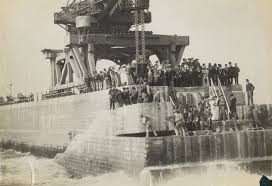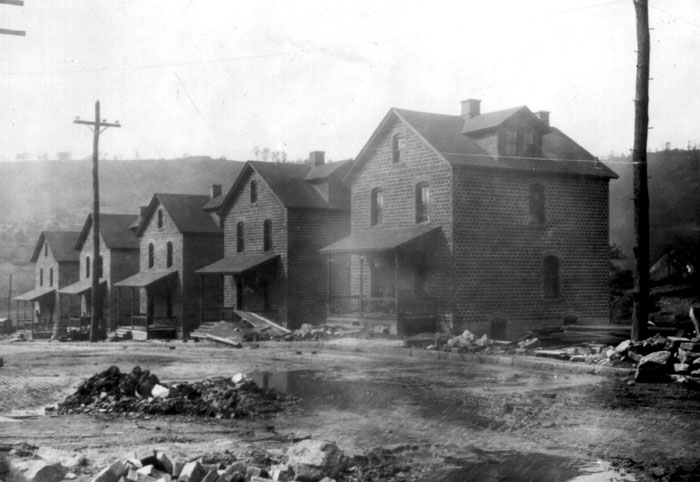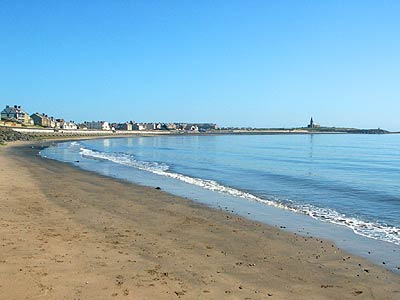The importance of infrastructure
The Tyne Piers. It took 50 years to build the Tyne Piers. Work began in 1850 and the piers were not completed until the end of that century, almost 50 years later.
The building of the Tyne Piers was recorded as one of the most difficult undertakings of its kind ever carried out in this country.
Without those piers, that infrastructure, the Tyne would have been unusable for seagoing vessels and during the 19th century the size of ocean going vessels was increasing rapidly. As world trade increased and the demand for coal was increasing exponentially to support the industrial revolution, access to the Tyne was essential.
Despite the daunting problems of storm damage during construction and despite changing specifications, because of requirements by the Admiralty and better ways of construction being realised, the Engineers persevered.
Within twenty years of the completion of the piers the Tyne was a major port. It also became a major ship building and ship repair venue recognised across the world. Because of the easy access in and out of the Tyne it became a major centre for the production of armaments resulting in a multitude of industries that lined both sides of the Tyne up to and beyond Newcastle. Because of the piers, the River Tyne is a strategic national asset.
To make the North East more prosperous for industry and tourism we need to heed the past and make the A1 an economic highway between London and Edinburgh to make the most of the Tees, the Wear, The Tyne, Blyth and Amble.
The new Combined Authority can deliver this ECONOMIC HIGHWAY to help the acceleration of economic growth in the North East and in Scotland. The area formerly known as Wansbeck would be a beneficiary.
Local author. Alan Thompson 2019


